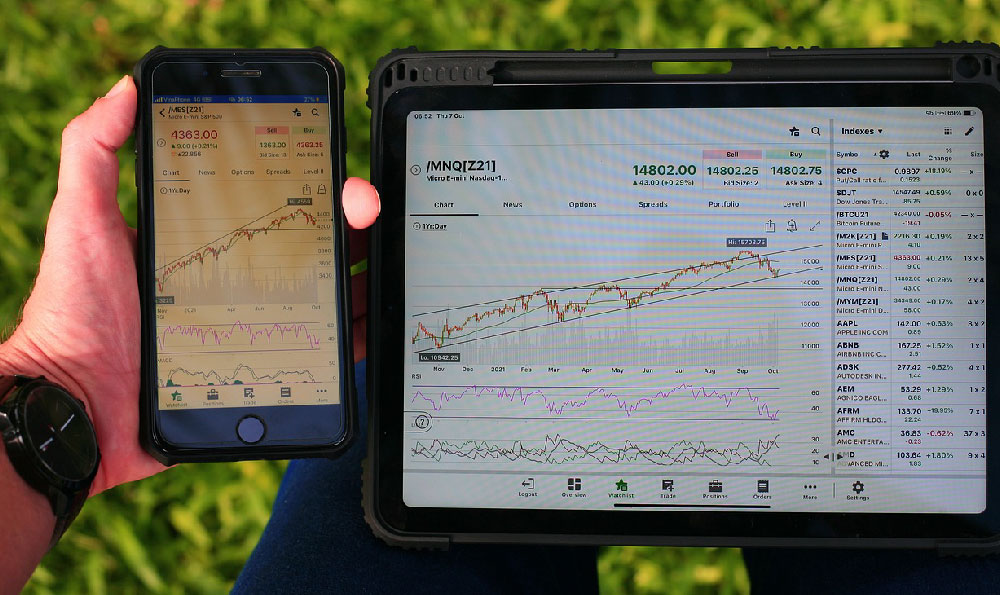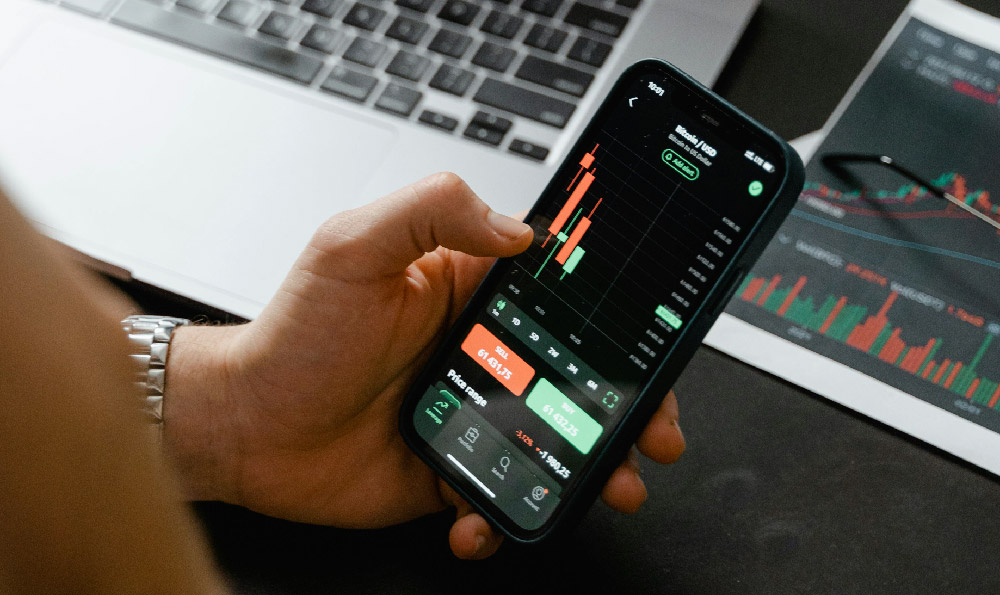QQLink Mobile DeepLink Handler: How Does It Work and Why Use It?
QQLink Mobile DeepLink Handler: Deciphering Functionality and Benefits
The realm of mobile app development is a dynamic landscape constantly seeking ways to enhance user engagement and streamline the user experience. Deep linking, a technology that allows users to bypass the typical app homepage and be directed to specific content within an application, has emerged as a powerful tool in achieving these objectives. Within the expansive ecosystem of Chinese tech giant Tencent, QQLink's Mobile DeepLink Handler stands out as a prominent solution. To truly appreciate its significance, it's essential to delve into its operational mechanics and understand the compelling reasons for its adoption.
At its core, a deep link is essentially a URL that, when clicked, opens a specific screen or piece of content within a mobile application. This is in stark contrast to regular links that typically direct users to the app's general opening screen, leaving them to navigate to the desired location manually. QQLink Mobile DeepLink Handler provides the infrastructure and functionality to manage and interpret these deep links effectively, ensuring a seamless redirection process.

The functionality of QQLink's Mobile DeepLink Handler revolves around several key components working in concert. Firstly, it relies on a well-defined URL scheme. This scheme acts as the blueprint for constructing deep links that the application can recognize and interpret. These schemes are typically defined during the app development phase and registered with the operating system (iOS or Android). For example, a URL scheme might look like qqlinkapp://product/details?id=123, where qqlinkapp is the custom scheme, product/details specifies the desired screen within the app, and id=123 provides a parameter to identify the specific product.
Secondly, the handler needs to be integrated into the mobile application's code. This integration involves registering the app to handle the defined URL schemes. When a user clicks on a deep link that matches a registered scheme, the operating system will launch the application and pass the URL to the QQLink Mobile DeepLink Handler. The handler then parses the URL, extracts the relevant parameters (such as the product ID in the example above), and instructs the application to navigate to the corresponding screen or content.
Crucially, the QQLink Mobile DeepLink Handler also manages situations where the application is not already installed on the user's device. In this scenario, it can be configured to redirect the user to the appropriate app store (Google Play Store or Apple App Store) to download the application. After installation, the user can be seamlessly redirected to the intended content, ensuring that the initial intent is not lost. This deferred deep linking capability is a significant advantage, as it allows marketers to drive app installs and simultaneously provide a personalized onboarding experience.
Beyond basic deep linking, QQLink's handler often incorporates advanced features such as attribution tracking. This allows developers and marketers to track the source of app installs and deep link clicks. By integrating with analytics platforms, they can gain valuable insights into the effectiveness of their marketing campaigns and optimize their strategies accordingly. For instance, they can determine which channels are driving the most engaged users and allocate resources accordingly.
The benefits of employing QQLink's Mobile DeepLink Handler are manifold. One of the most significant advantages is improved user experience. By bypassing the cumbersome process of navigating through multiple screens to find specific content, deep linking streamlines the user journey, making it more efficient and enjoyable. This can lead to increased user engagement, higher retention rates, and ultimately, greater customer satisfaction.
Deep linking also plays a crucial role in marketing and advertising. By using deep links in marketing campaigns, businesses can drive users directly to specific product pages, promotional offers, or other targeted content within their app. This personalized approach can significantly increase conversion rates and drive sales. Imagine a social media advertisement showcasing a new product line; a deep link embedded in the ad could take users directly to the product page within the app, ready for purchase, rather than to the generic app homepage.
Furthermore, deep linking is invaluable for referral programs. By generating unique deep links for each referrer, businesses can accurately track referrals and reward users accordingly. This incentivizes users to promote the app to their friends and family, leading to organic growth and increased brand awareness.
In the context of QQLink, which is deeply intertwined with Tencent's vast ecosystem, the deep linking handler can be particularly powerful. It can facilitate seamless transitions between different Tencent apps, such as QQ, WeChat, and other related services. For example, a user clicking on a link shared in a QQ group message could be seamlessly directed to a specific article or page within a partner app. This cross-promotion capability can be highly effective in driving user acquisition and engagement across the Tencent ecosystem.
Moreover, the QQLink Mobile DeepLink Handler can be used to improve the app indexing process. App indexing allows search engines to crawl and index the content within mobile applications. By providing deep links to specific content, developers can make it easier for search engines to discover and index their app's content, improving its visibility in search results and driving organic traffic.
The implementation of QQLink Mobile DeepLink Handler, however, requires careful planning and execution. Developers need to meticulously define their URL schemes, ensure proper integration with the app's codebase, and thoroughly test the deep linking functionality across various devices and operating systems. They also need to consider potential security implications, such as validating deep link parameters to prevent malicious attacks.
In conclusion, the QQLink Mobile DeepLink Handler is a valuable tool for mobile app developers and marketers seeking to enhance user experience, drive engagement, and improve marketing effectiveness within and beyond the Tencent ecosystem. Its ability to seamlessly redirect users to specific content within an application, coupled with its attribution tracking and deferred deep linking capabilities, makes it a powerful asset for achieving business objectives. While proper implementation and security considerations are crucial, the benefits of deep linking far outweigh the challenges, making it an essential component of any modern mobile app strategy. Its integration facilitates not only a smoother user journey but also unlocks significant opportunities for targeted marketing and cross-platform engagement within the expansive Tencent landscape.















